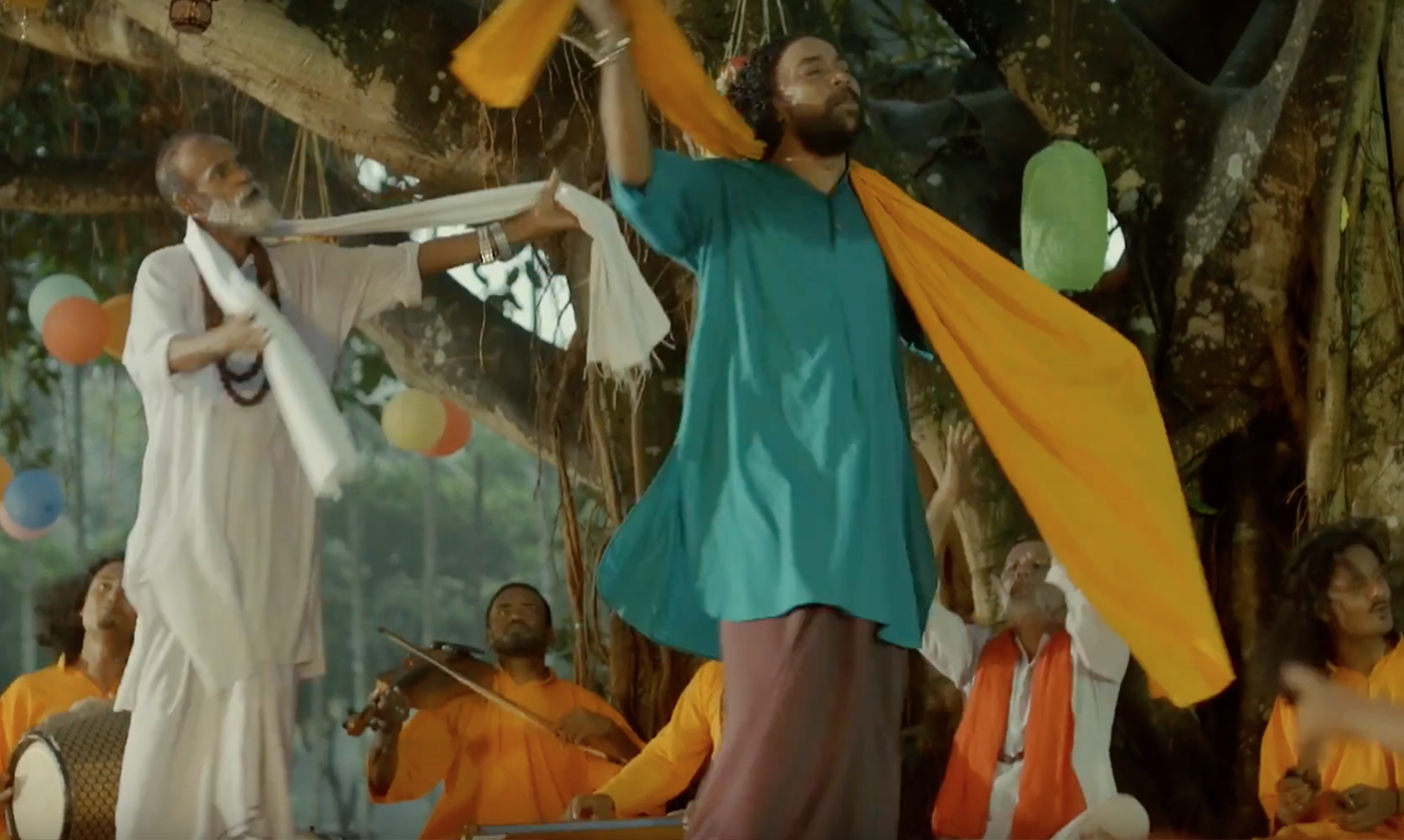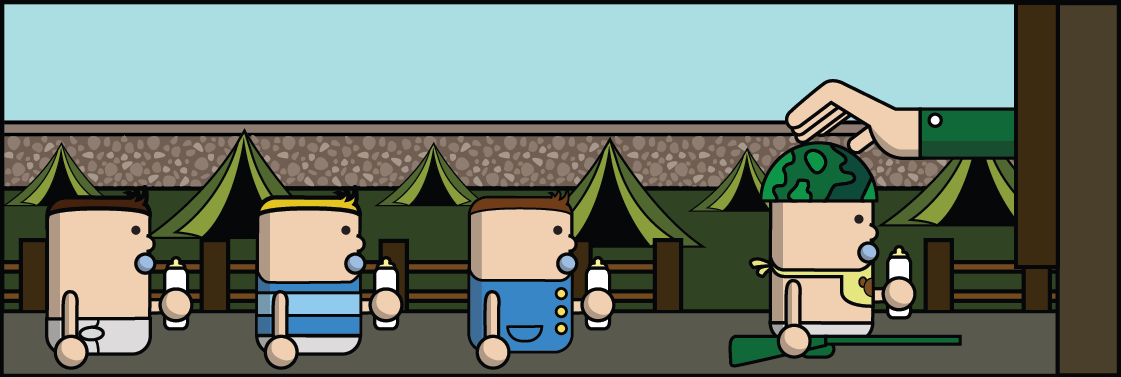How to explain human trafficking to your friends and family
Can you imagine having your freedom taken away? Your freedom to move, to choose, to plan your own future? This is the reality for more than 20 million people around the world who are victims of human trafficking.
Most of us are aware that human trafficking exists, and that it is a global problem, but most people don’t know how it happens. Being able to work together to stop human trafficking starts with learning. Here is some information that will help you better understand what human trafficking is and how it usually occurs. This information can also help you have better informed discussions about human trafficking and exploitation with your friends and family.
What is human trafficking?
Human trafficking is when a person is tricked, sold or forced into a coercive, highly exploitative situation against his or her will, with few options to escape.
The human trafficking process
Human trafficking is a process that begins with an act that leads to exploitation. The three elements of the human trafficking process are:
- The Act: This is WHAT is done to initiate the trafficking process and this includes procedures such as the recruitment, transportation, transfer, harbouring or receipt of persons who are being trafficked.
- The Means: This is HOW the act of trafficking is done. The human trafficking perpetrators can either use threat, force, coercion, abduction, fraud, deception, abuse of power or vulnerability, or give payments or benefits to a person in control of the victim being trafficked.
- The Purpose: This is WHY the act of trafficking is done. There can be many reasons why a victim is trafficked and these can vary from sexual exploitation, forced labour, slavery or similar practices and the removal of organs.
It is important to note that if the victim is under the age of 18, it is considered human trafficking even if there was no “Means” of luring the victim into the situation of exploitation. This is because people under the age of 18 are considered to be minors.
Some insightful human trafficking stats
- There are an estimated 20.9 million people are living as victims of human trafficking globally.
- 5 million of these are children, and over half of the trafficking victims are in Asia Pacific.
- The majority of victims are between the ages of 18 to 24.
- More that 14.8 million people are trafficked within country borders and 6 million are trafficked across international borders.
Why it happens
The demand for cheap labour and cheap services is one of the key drivers of human trafficking and exploitation around the world, and that demand allows traffickers to generate an estimated USD 150 billion every year.
Different forms of human trafficking and exploitation
Human trafficking and exploitation exists in different forms, including forced labour, forced marriage, forced begging, forced sex work and debt bondage. These forms range from children being unlawfully recruited by armed forces to be child soldiers, men, women and children being forced to work in factories, farms, fishing boats and private homes, individuals being forced into sex work against their will, and women and girls being forced into marriage.
Traffickers can also exploit the debt workers owe by inflating it beyond what is humanly possible to pay. This form of exploitation ensures that the victim is forever in debt and their movements and freedom of choice are restricted. In some countries, children, the elderly and those with disabilities are forced to beg by traffickers. The traffickers exploit the age and/or disability of these individuals for financial gains.
What can we do to help stop human trafficking
We can stop human trafficking and exploitation by promoting changes in the way people act. The choices we make about how to migrate and the products and services we pay for can make a difference in how we fight or fuel human trafficking and exploitation. We can also educate our friends and family about the practices and process taken by traffickers in order to build resilient communities. Sharing knowledge about human trafficking can help people to easily identify situations of human trafficking and solicit help for those in danger.
To learn more about human trafficking and exploitation visit the “Learn” section on the IOM X website (IOMX.org/Learn) and take IOM X’s short ‘What is Human Trafficking?’ eLearning course. You can also watch this cool animation, which explains the different forms of human trafficking and exploitation using post-it notes. You can also share the video with friends and family to help increase resilience to human trafficking.
Editor’s choice

Where are they now?: Joey, Philippines
In 2015 when IOM X was just a few months old we brought together 20 youth leaders from all 10 ASEAN countries in Bangkok for the IOM X ASEAN Youth Forum. The goal was to connect with amazing young people who were passionate about social change and the issue of human trafficking and to share … Continue reading “Where are they now?: Joey, Philippines”

Where are they now?: Joey, Philippines
In 2015 when IOM X was just a few months old we brought together 20 youth leaders from all 10 ASEAN countries in Bangkok for the IOM X ASEAN Youth Forum. The goal was to connect with amazing young people who were passionate about social change and the issue of human trafficking and to share … Continue reading “Where are they now?: Joey, Philippines”
















 Power by
Power by